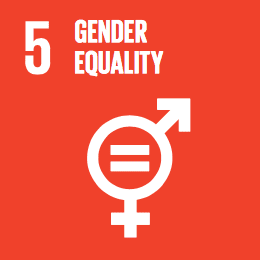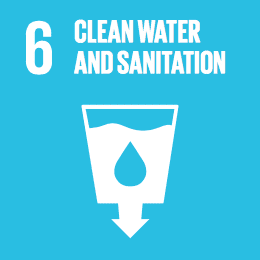Sustainability Policy
SUSTAINABLE DEVELOPMENT GOALS
Fashion’s Role in the Sustainable Development Goals A set of global goals was developed by the United Nations, in consultation with world leaders, international organizations and the general public, to help combat climate change. Referred to as the sustainable development goals – or SDGs – these 17 goals recognize that ending poverty and other deprivations must go hand-in-hand with strategies that improve health and education, reduce inequality, and spur economic growth – all while tackling climate change and working to preserve our oceans and forests. So, what do the goals mean for an industry like fashion? If you consider that the fashion industry is one of the largest employers in the world, especially of women, with some estimates that women make up roughly 80% of the supply chain, it makes sense that fashion and apparel are involved in not only sustainability discussion– but development- where the sector is a powerful driver of job creation. The following SDGs are grouped according to impacts of the fashion industry on both the environment and the people who make our clothes.
Labour Related SDGs

#1: NO POVERTY The fashion industry must play an active part in improving the economic livelihoods of the communities in which it operates, by paying fair and equal wages to all its employees and ensuring that no one within the supply chain is living beneath the poverty line.

#5: GENDER EQUALITY While the majority of people working in the fashion industry are female, this tends to be in junior roles, while the larger stakeholders and decision makers are men. We need to ensure women are able to reach and sustain executive positions in fashion, like creative directors and CEOs. Sexual harassment in areas of the fashion industry such as including modelling, also needs to be addressed and targeted.

#3: GOOD HEALTH & WELL BEING Health and safety regulations in textile and garment factories should be strictly audited by third party authorities. In addition, there should be further legislation on toxic chemicals and pollutants being used and disposed of by manufacturers which threaten the health of those using nearby water sources.

#8: DECENT WORK & ECONOMIC GROWTH From dangerous working conditions to workplace discrimination, exploitation exists across all levels of the fashion industry in a variety of shapes and forms. Companies should formalize respectful working conditions with policies that adhere to universal human rights.

#4: QUALITY EDUCATION Our industry should be educating the world about the ethics of fashion, and how consumers can make better purchasing decisions and learn to care for and repair their own clothing. Also, companies operating in disadvantaged communities should actively endeavour to create and sustain educational opportunities like work-related training qualifications, and should also ensure all employees are able to earn enough money to send their families to school and afford quality childcare.
Environmental Related SDGs

#6: CLEAN WATER & SANITATION Fashion’s impact on water and chemical pollution is significant, from the chemical tanning of leather, to the processing of denim. Brands and their suppliers need to collaborate to track water consumption, energy and chemical usage, and pollution levels. This will help the implementation of efficiency programmes at the processing stage of the supply chain to reduce the use of resources and keep pollution output low.

#12: RESPONSIBLE CONSUMPTION & PRODUCTION The current global apparel market is estimated at $1.7 trillion which forms approximately 2 per cent of the world GDP of $73.5 trillion. Apparel consumption in the top 8 economies constitutes approximately 70 per cent of the global consumption. Achieving this goal requires a framework for sustainable consumption and production that is integrated into national and sectoral plans, sustainable business practices and consumer behaviour, together with adherence to international norms on the management of hazardous chemicals and wastes.

#13: CLIMATE ACTION Combined, the global apparel and footwear industries account for 8% of the world’s greenhouse gas emissions, almost as much as the total carbon impact of the EU. The apparel industry alone accounts for 6.7% of the world’s greenhouse gas emissions. In a business-as-usual scenario, apparel’s climate impact is expected to increase by 49% – equal to today’s total annual greenhouse gas emissions in the United States.

#14: LIFE BELOW WATER The fashion industry must recognize the environmental, economic and social benefits that healthy oceans provide. As individual activities that damage oceans are often felt far beyond national borders, responsibility for the oceans’ health rests with all of us. The industry’s growing focus on organic, regenerative and other fibers that are characterized by lower environmental impacts will have to be escalated in order to address both issues. Moreover, growing regulation of apparel and textile effluents on ecosystems has resulted in closures of manufacturing facilities in several sourcing countries. Both China and India have stepped up environmental regulation and a number of industry certifications and chemical management frameworks are increasingly becoming mainstreamed. SDG 14 has also spurred some innovative circular solutions converting marine pollution into feed stock for new fibers.
- Choosing a selection results in a full page refresh.